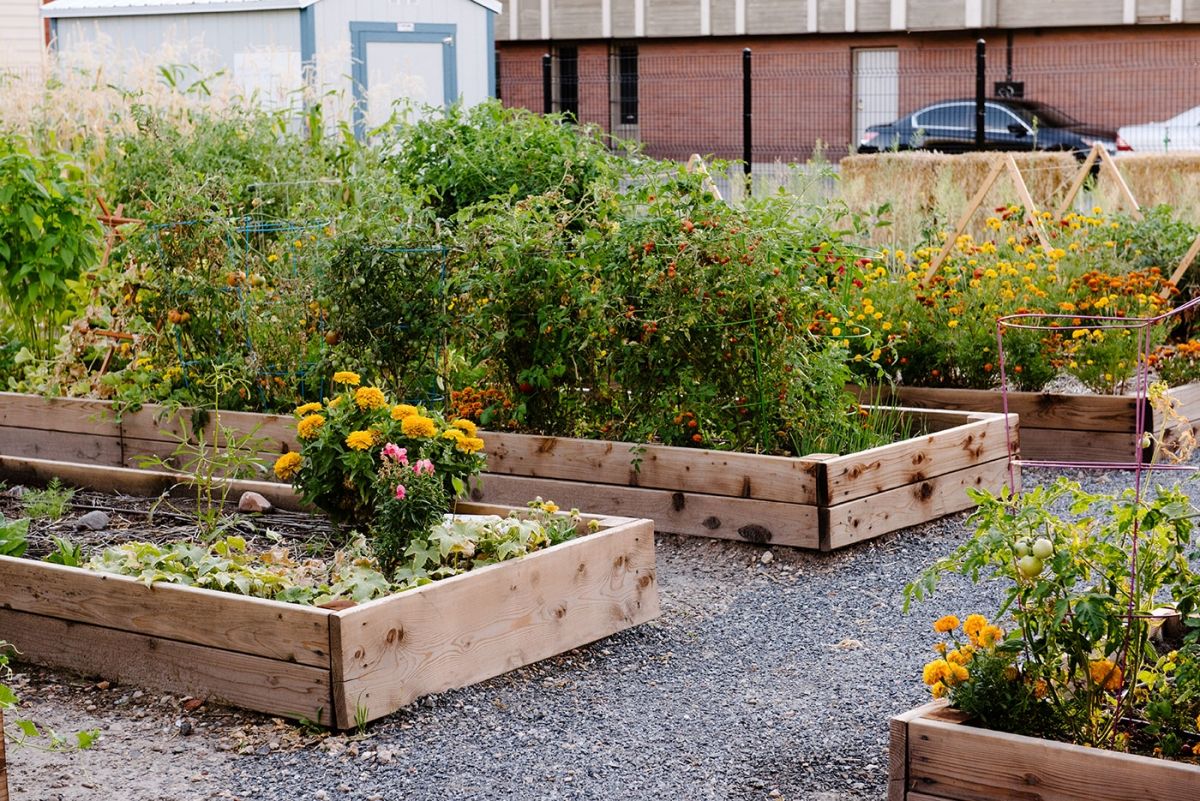You can grow food without a yard. A container garden lets you grow vegetables, herbs, and flowers on a balcony, patio, or doorstep. This guide shows you how to start.
Gardening in small spaces is becoming more common. Urban and suburban households in 2025 continue to adopt micro-farming techniques, with container gardening being the most popular starting point. It's simple and it works.
Why You Should Try Container Gardening
Gardening in pots has clear benefits. You get more control over the growing conditions.
Grow Anywhere
You do not need a yard. A spot with enough sun is all it takes. This works for apartments, condos, and homes with small lots.
Better Soil Control
You choose what soil goes in the pot. This means you can give your plants the perfect soil from day one, without worrying about the quality of the ground soil. You can learn more about making your own potting mix here.
Fewer Problems
Weeds are almost nonexistent in containers. It is also easier to manage pests and diseases when your plants are contained and off the ground.
Choosing the Right Containers
The most important part of a container is not its color or style. It is drainage.
Drainage is Essential
Your container must have holes in the bottom. Without drainage holes, water will pool at the bottom of the pot. The plant's roots will sit in water and rot. If a pot you like has no holes, you need to drill them yourself.
Container Materials
Different materials have pros and cons.
- Terracotta (Clay): These pots are heavy and look nice, but they dry out quickly because they are porous.
- Plastic: These are lightweight, cheap, and hold moisture well.
- Fabric Grow Bags: These are great for root health because they allow for air pruning, but they also dry out very fast.
Pot Size Matters
A bigger pot is better than a small one. Small pots dry out fast and restrict root growth. A general rule is to use at least a 5-gallon container for larger plants like tomatoes or peppers. Lettuce and herbs can grow in smaller, 1-2 gallon pots.
The Best Soil for Your Containers
Do not use soil from your garden.
Garden soil is too dense for pots. It compacts with watering, which suffocates roots and blocks drainage. This is one of the biggest common gardening mistakes a beginner can make.
You need to use a potting mix. A potting mix is a soilless blend made for containers. It's light, fluffy, and holds a good balance of air and water. You can buy bags of it at any garden center.
What to Plant in Your Container Garden
You can grow almost anything in a container if the pot is big enough. Some plants are easier than others for beginners.
Easy Vegetables
- Lettuce and Leafy Greens: They grow fast and don't need deep pots.
- Radishes: These grow from seed to harvest in about a month.
- Bush Beans: They produce a lot in a compact space.
- Peppers and Tomatoes: Choose "patio" or "dwarf" varieties. They are bred to stay small. You can learn more about growing tomatoes in pots here.
Simple Herbs
Herbs are perfect for container gardening. Basil, mint, parsley, chives, and rosemary are all easy to grow. They don't need much space and you can keep them right outside your kitchen.
Caring for Your Container Garden
Pots need a little more attention than in-ground gardens.
Watering
Containers dry out much faster than garden beds, especially on hot, windy days. You will need to check your pots every day. Stick your finger an inch into the soil. If it's dry, it's time to water. Water thoroughly until you see it run out the drainage holes at the bottom.
Fertilizing
Watering washes nutrients out of the soil over time. Because of this, you have to feed your container plants. An expert from the Colorado State University Extension advises, “Container-grown plants require regular watering and fertilization to thrive, as their root space is limited.”
Start feeding your plants with a liquid fertilizer about a month after planting. Follow the instructions on the product label. Using an organic fertilizer is a good option for edible plants.
Frequently Asked Questions
How do you start a container garden for beginners?
Start small with 2-3 pots. Choose easy plants like lettuce, bush beans, or herbs. Use a quality potting mix and make sure your containers have drainage holes. Place them where they will get at least 6 hours of sun.
What is the easiest vegetable to grow in a pot?
Lettuce and other leafy greens are very easy. They grow quickly, tolerate a bit of shade, and don't require a deep pot. Radishes and bush beans are also great choices for beginners.
Can I just use soil from my yard in a pot?
No. Garden soil is too heavy for pots. It compacts, drains poorly, and can contain weed seeds and pests. Always use a potting mix designed for containers.
How often should I water my container garden?
Check the soil daily. Pots dry out quickly. In hot weather, you may need to water every day. Water when the top inch of soil feels dry.
Do I have to have drainage holes in my pots?
Yes. This is not optional. Without drainage holes, water will get trapped and your plant's roots will rot, killing the plant.
Can I reuse potting soil from last year?
You can, but it's best to refresh it. Dump the old soil into a wheelbarrow, break up any clumps, and mix in a generous amount of fresh compost. This will add back the nutrients that were used up last season.
